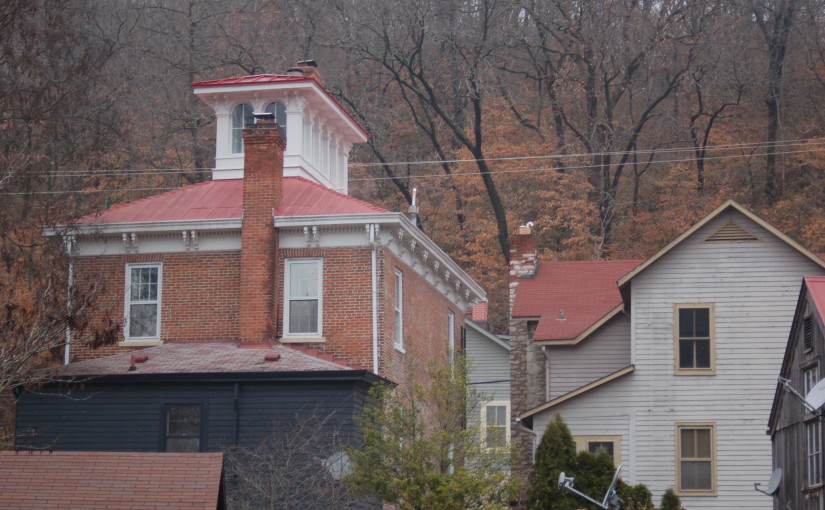Our Mission and History
The Historic Elsah Foundation (HEF) was incorporated in 1971. The first officers were Charles B. Hosmer, Jr, President, and Paul O. Williams, Vice President and Editor. HEF’s purpose as stated in the Articles of Incorporation is “the preservation and enhancement of the historic buildings, houses, architecture and culture of the Village of Elsah, Illinois, the historic areas, the publication of historical brochures, pamphlets, and periodicals regarding the Village, and the establishment of an educational program to inform the general public of the historical and educational value of the Village.”
HEF owns and maintains at 37 Mill Street, Farley Music Hall. It has served Elsah in many ways. It was a music hall, Knights of Pythias building, Methodist Hall and antique shop. Now it is an important meeting place. Members of the community have family reunions, celebrations of a life gatherings, dinners, wedding receptions, community dances and educational programs.
Since its incorporation in 1971, the Historic Elsah Foundation has been sustained mainly by small contributions. Besides providing Farley Music Hall as a community resource, HEF has restored two other Elsah buildings, the Village Hall and the Mott Building. In addition, HEF sponsors educational talks and programs, publishes printed material including our newsletter, Elsah History, and supports the publication of books and pamphlets about Elsah and our neighbor, Chautauqua.
Why are historic preservation and community building important?
Historic preservation in Elsah has emphasized the value of historic places and buildings. This has been one of the reasons that there are higher property values in Elsah than elsewhere in Jersey County. As a result of the reuse of original materials and buildings, preservationists have encouraged being “green” before most people thought about the importance of the environment, recycling and sustainability.
Charles B. Hosmer, Jr. has written in the Elsah Guidebook that people feel the connection with places that represent the past.
About Elsah
American towns change almost as fast as American fashions. When something of the old remains in this dynamic society it is, of course, usually a building. But most old buildings stand isolated and strange amid modernity, and tell no more of the past than a stranded whale tells of the open ocean.
Occasionally, though, one finds a town in which the prevailing flavor is of the past. Elsah is such a town. Almost all of a piece, it gives us a strong hint of the setting of nineteenth century life along the river. In some ways, because of the passing of home industries and the fact that Elsah’s once active waterfront now lies beneath the McAdams Highway, the town today is quieter than it once must have been. Mills, warehouses, river shipping, two railroads, numerous local businesses, and throngs of farmers during the wheat shipping season all have disappeared. But many of the houses and commercial buildings remain, and it is they which make coming to Elsah like stepping back in time.
People are generally fascinated with such places, perhaps because they discover a side of themselves that existed before they did, a society built on different dimensions, living at a slower speed, with forgotten crafts, using similar materials, suggesting lives lived in valid ways we no longer know.”
Excerpt from page 4:
Elsah: A Historic Guidebook, by Charles B. Hosmer, Jr. and Paul O. Williams, Elsah: Historic Elsah Foundation, 1986
